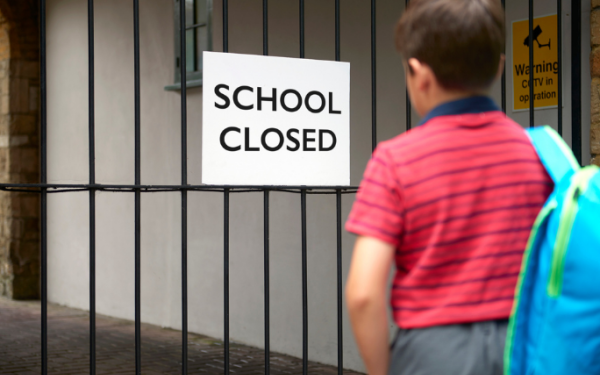The outbreak of the COVID-19 pandemic has forced many countries to take unprecedented measures to curb its spread. One of the most drastic measures taken was the closure of schools, which has had a profound impact on students, teachers, and parents alike. In this essay, we will explore the implications of school closures on the education system and its stakeholders.
Firstly, school closures have disrupted the education of millions of students worldwide. While some schools have adapted to online learning, many students do not have access to the necessary technology or internet connection to participate in virtual classrooms. This has resulted in significant learning loss, especially for students from disadvantaged backgrounds. Moreover, school closures have widened the education gap between students in developed and developing countries, with the latter facing greater challenges due to limited resources and infrastructure.
Secondly, school closures have also affected teachers and their ability to deliver quality education. Teachers have had to adjust to new teaching methods, such as online instruction and distance learning, which require new skills and training. Additionally, teachers have faced increased workloads due to the need for more individualized attention and support for students who are struggling to keep up.
Finally, parents have also been impacted by school closures as they have had to juggle work and their children’s education. Many parents have had to take on the role of educators, which has put additional pressure on them, especially for those who lack the necessary knowledge or resources to support their children’s learning. Additionally, school closures have highlighted the issue of unequal distribution of care responsibilities between men and women, with women being disproportionately affected.
In conclusion, school closures have had far-reaching consequences for the education system and its stakeholders. The pandemic has underscored the need for investment in education infrastructure, resources, and technology to ensure that students can continue their education during times of crisis. It has also highlighted the need for more flexible work arrangements and equal distribution of care responsibilities between men and women. Only by addressing these issues can we ensure that all students have access to quality education regardless of their background or circumstances.
